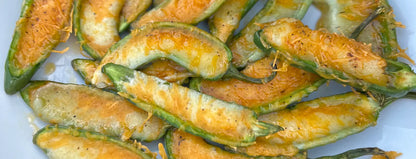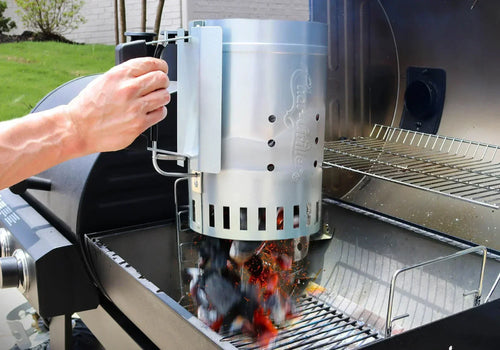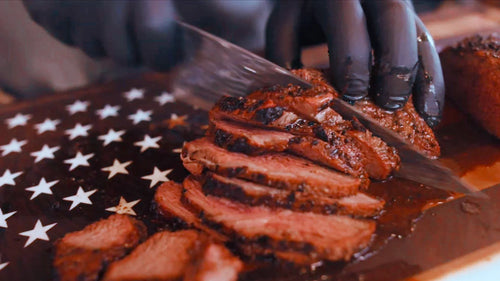As all grillers know, seasoning is an essential part of keeping your products in great shape. Without seasoning, your equipment will be more vulnerable to rust, and your food will stick to the surface. For any of you first-time grillers or those who need a refresher on seasoning, we're going to explain seasoning a cast-iron skillet. Cast iron skillets are a great cooking tool and require a slightly different method for seasoning than your typical grill grates.
How to Season a Cast Iron Skillet:
If your skillet is brand new or old and in need of a totally fresh seasoning, thoroughly clean your scrub your skillet with hot, soapy water.
After washing, completely dry the skillet.
Now it's time for the actual seasoning part. With a cooking oil of your choice, rub the oil all over your skillet.
Then, buff the oil with a paper towel so the skillet no longer looks oily. The goal is to produce an extremely thin layer of oil on the surface of the skillet so that the oil doesn't pool and create hardened droplets on the surface.
Once properly oiled, place the skillet into a 450 F oven face down. You may want to place a pan underneath to catch oil drippings.
Leave the skillet in the oven for approximately 30 minutes. If you're seasoning a new skillet, you may want to repeat this process 2-3 times to create a solid seasoning layer.
Seasoning cast iron isn’t hard, but it does require consistency and attention to detail. Because seasoning it such a crucial part of cast iron care, we hope this blog helped answer all of your seasoning questions!
How to Remove Rust from a Cast Iron Skillet:
Depending on the amount of rust on your skillet, there are a few different methods to remove the rust. If the rust has accumulated a lot, you'll first want to soak the skillet in vinegar. To do this, you'll mix basic white vinegar with water in equal parts and submerge the pan. Once submerged, you should check on the pan often to ensure the vinegar only dissolves the rust and not the top layer of the skillet.
Once the skillet has soaked in the vinegar, or if you skipped the vinegar step, it's time to scrub. Because you've stripped off the seasoning during the vinegar soak, it's okay to use soapy water on your skillet; use a mild detergent with warm water and a mildly abrasive sponge to clean away any lingering rust. Steel wool is a great option. After scrubbing, dry the pan immediately. Once the pan is dry, be sure to season it again to build up the protective top layer.
How to Remove Stubborn Food from a Cast Iron Skillet:
Food will sometimes stick to your cast iron skillet, and it can be a pain to remove. To keep your skillet in perfect condition, clean the skillet immediately after use. Don't soak the skillet in water because it may rust. Wash the skillet by hand using hot water and a sponge. Don't use anything too abrasive, as you don't want to strip the seasoning off. To remove stubborn food, scrub the pan with a paste of coarse kosher salt and water. Then rinse and dry with a paper towel.

 Flat Iron® Portable 17-inch Gas Griddle
Flat Iron® Portable 17-inch Gas Griddle
 Flat Iron® Premium Gas Griddle
Flat Iron® Premium Gas Griddle
 Flat Iron® Gas Griddle with Lid
Flat Iron® Gas Griddle with Lid


 Sauced and No Sauce Spare Ribs
Sauced and No Sauce Spare Ribs
 Pulled Pork n' Bacon Cheesy Sliders
Pulled Pork n' Bacon Cheesy Sliders
 Smoked Pulled Leg of Lamb
Smoked Pulled Leg of Lamb





